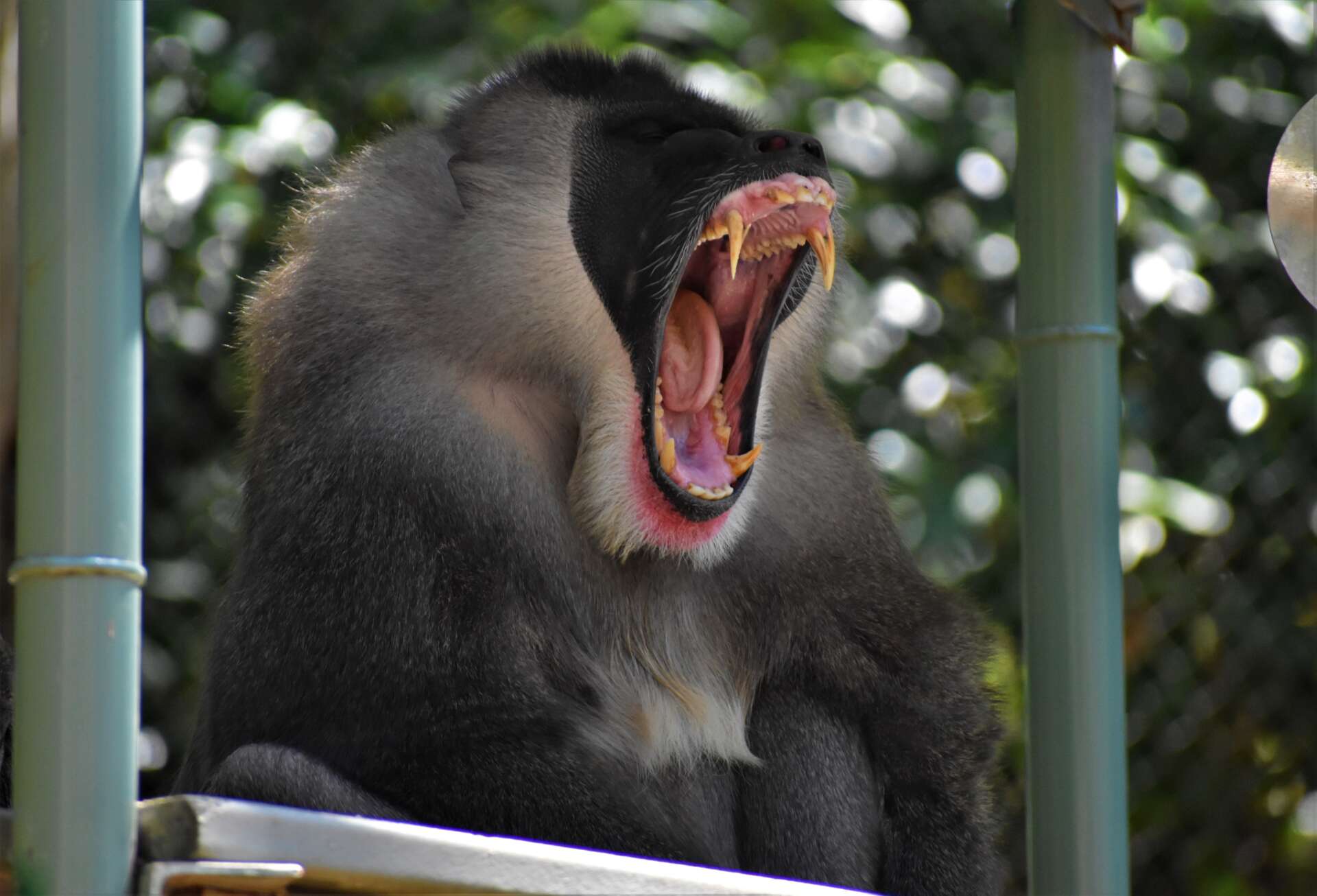Summary of Checking in with North America’s only zoological population of drill monkeys:
Zoo Atlanta is the only zoo in North America with drill monkeys. They currently have three geriatric drills: Enwe, Amaka, and Achi. The zoo’s drill habitat was built in 1990 and was once nominated for an exhibit award. The drills have a rich history at the zoo, with Inge, a key figure, having descendants spread worldwide.
Recently, Drew, an elder drill, passed away. The zoo highlights its advanced care, thanks to the new Rollins Animal Health Center, allowing better disease management. The drills have distinct personalities: Enwe is charming, Amaka is feisty, and Achi is selectively sweet.
Zoo Atlanta supports conservation efforts through the Pan African Sanctuary Alliance (PASA). Visitors to the zoo help support these conservation efforts. The zoo invites guests to appreciate these unique creatures during their visit.
- Overview of drill monkeys and their significance at Zoo Atlanta.
- Historical account of drill monkeys’ presence and key individuals at the zoo.
- Detailed description of the current zoo residents and their characteristics.
- Role of Zoo Atlanta in conservation and collaborations with PASA.
- Insights into animal care, technology, and longevity of drill monkeys.
Tucked within the vibrant habitat at Zoo Atlanta is North America’s only zoological population of drill monkeys. These remarkable primates have become an integral part of the zoo’s conservation efforts and a key attraction for visitors interested in unique wildlife. Understanding the significance of these creatures requires a dive into their history, current residents, and the conservation measures in place at Zoo Atlanta.
Drill monkeys, native to the tropical regions of Cameroon and Nigeria, are one of the most endangered monkey species in Africa. They are recognizable by their distinctive facial features and vibrant rumps. Despite their critical status, drill monkeys are lesser-known in comparison to other primates, making their presence at Zoo Atlanta all the more crucial for awareness and education.
In 1993, two drill monkeys were introduced to Zoo Atlanta from Europe, marking the beginning of a legacy. One of these pioneers was Inge, a female who became a cornerstone of the zoo’s drill population. Over her lifetime, Inge gave birth to 11 offspring and left a lasting impact on the drill monkey conservation. Two of her daughters continued contributing to the species’ genetic pool in Europe.
Fast forward to the present, Zoo Atlanta is home to a trio of geriatric drill monkeys: Enwe, Amaka, and Achi. Though aged, each monkey boasts a unique personality that contributes to the group’s dynamics. Enwe, the only male, is known for his endearing smile that wins hearts. Amaka, aptly nicknamed “the ninja,” is quick and eager to learn new behaviors. Meanwhile, Achi maintains her firm independence, revealing her softer side only to those she trusts.
These animals exemplify the zoo’s commitment to outstanding care. Advances at the Rollins Animal Health Center enable enhanced medical attention and monitoring. These facilities have been instrumental in addressing health challenges such as Drew’s diabetes and spinal arthritis, extending their lifespans and improving quality of life.
Zoo Atlanta’s involvement goes beyond just housing these primates. The zoo actively collaborates with the Pan African Sanctuary Alliance (PASA), which operates sanctuaries across Africa. PASA provides a haven for thousands of primates rescued from the illegal wildlife trade. Through financial contributions and awareness initiatives, Zoo Atlanta plays a part in this vital conservation network.
The advanced care given to the drill monkeys reflects Zoo Atlanta’s emphasis on animal welfare and its pivotal role in global conservation efforts. Younger generations visiting the zoo are educated about the importance of preserving endangered species, contributing to wider environmental stewardship.
Moreover, the zoo’s unique habitats, built in 1990, continue to provide a state-of-the-art living space for a variety of Afro-Eurasian monkey species. These environments are significant not only for the animals’ wellbeing but also for the educational value they offer to the public.
Throughout the exploration of Zoo Atlanta’s drill monkeys, it becomes evident that this is more than just a tale of a few animals in captivity. It is a narrative of dedication, care, and the relentless pursuit of conservation. By visiting, you contribute not just to the survival of these primates, but also to the broader fight against wildlife extinction.
The story of Zoo Atlanta and its drill monkeys is a compelling reminder of the potential for zoos to serve as sanctuaries and educational platforms. Through care, technology, and global partnerships, these animals are given a chance to thrive and inspire future generations in the ongoing quest for biodiversity conservation.


